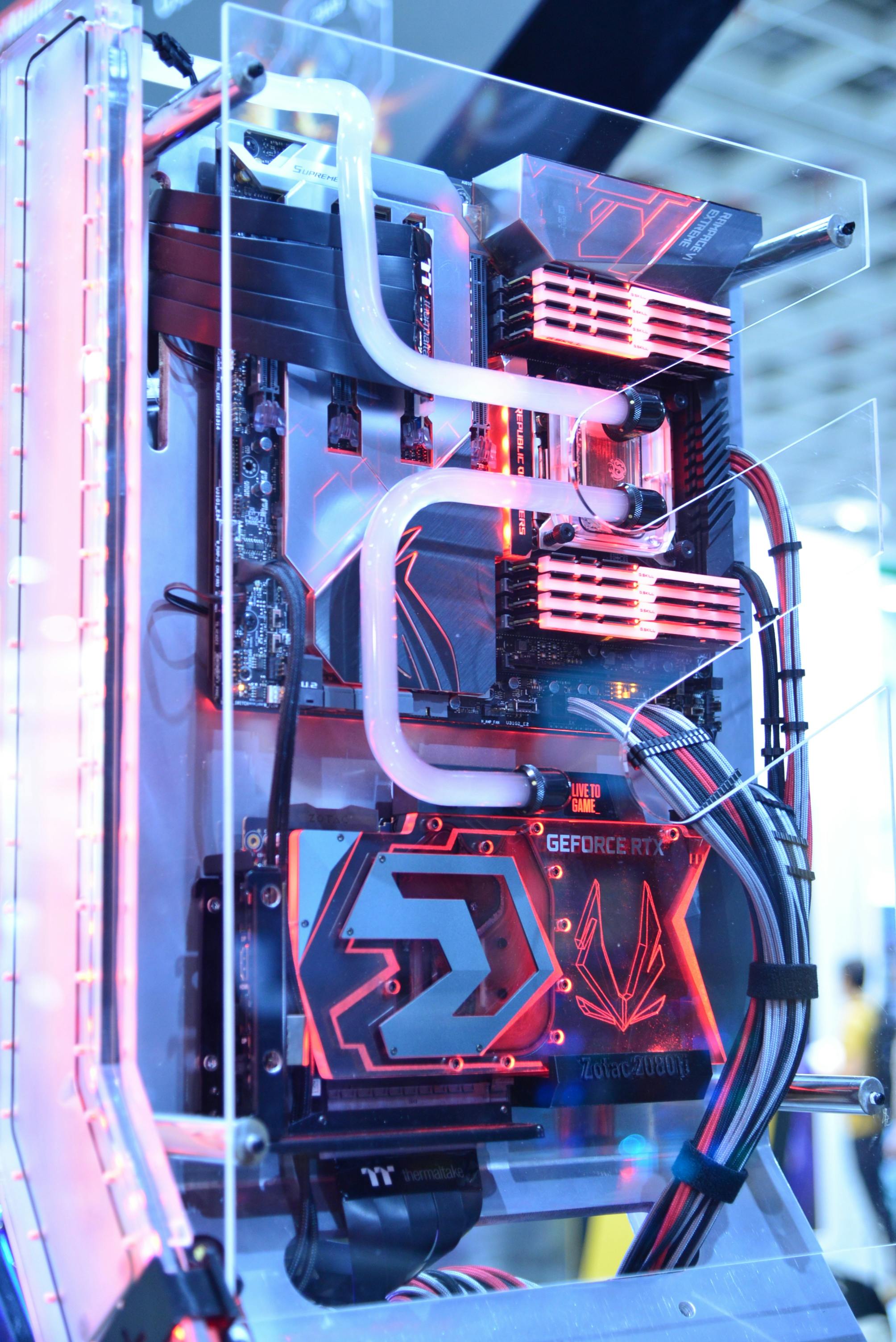The Advent of the AI Era: How Copper Powder Enhances Heat Dissipation Efficiency in Heat Pipes and Vapor Chambers
Copper powder as a material for capillary structures in heat pipes and vapor chambers enables efficient heat transfer and working fluid circulation!
Below is a simplified explanation:
[Evaporation Zone] --> [Capillary Structure] --> [Condensation Zone]
Heat source heats --> Working fluid circulates --> Heat dissipates
- Evaporation Zone: The heat source causes the working fluid to evaporate into gas.
- Condensation Zone: The gas condenses into liquid in the cooler zone.
- Capillary Structure: Uses capillary forces to return condensed liquid to the evaporation zone.
Role of the Capillary Structure
The capillary structure is a critical component of heat pipes and vapor chambers, serving the following key functions:
• Provides Capillary Forces: Guides the working fluid from the condensation zone back to the evaporation zone through capillary action.
• Enhances Heat Transfer Efficiency: Increases internal surface area, accelerating the heat exchange during evaporation and condensation.
• Stabilizes Fluid Flow: Ensures proper fluid circulation under adverse gravity or multidirectional environments.

Comparison of Copper Powder Capillary Structure Fabrication Methods
| Method | Steps | Advantages | Applicable Scenarios |
|---|---|---|---|
| Sintering | Copper powder distribution → High-temp sintering → Solidification | Controllable porosity, stable structure | Dense capillary layers inside vapor chambers |
| Powder Pressing | Copper powder compression → Sintering → Mold removal | Cost-effective, suitable for custom shapes | Circular or tubular capillary structures in heat pipes |
| 3D Printing | Precision modeling → Layer-by-layer printing | High design freedom, creates complex structures | New vapor chambers and high-performance heat pipes |
Features of Copper Powder as Capillary Structure Material
- Excellent Thermal Conductivity: High thermal conductivity of copper (~400 W/m·K) ensures rapid heat transfer.
- Good Processability: Copper powder can be processed into porous structures via sintering and compaction techniques.
- Corrosion Resistance: Compatible with various working fluids (e.g., water, ethanol) for long-term stability.
Applications of Capillary Structures
(1) Heat Pipes
- Structural Features:
- Capillary structures typically line the inner walls to aid liquid absorption and return.
- Use Cases:
- Electronics Cooling: High-efficiency cooling for CPUs, GPUs, and other electronic devices.
- Aerospace: Heat pipe designs adapted to zero-gravity environments.
(2) Vapor Chambers
- Structural Features:
- Capillary structures cover internal baseplates and sidewalls, forming a uniform thermal management system with working fluids.
- Use Cases:
- Consumer Electronics: Heat dissipation in smartphones, laptops, and similar devices.
- Electric Vehicles: Battery thermal management systems for temperature uniformity and heat dissipation.
We offer high-purity spherical and flake copper powder with particle sizes ranging from 0.8–5.0 µm. Feel free to contact us for inquiries!
#VaporChamber #HeatPipe #AI #HighThermalConductivity #CapillaryStructure #CopperPowder #EfficientCooling
CONTACT US
Kelly Chemical Corporation
Electronics
TEL:(02)2762-1985 ext 11200
Online Message
Leave your contact information,
and we will get in touch with you soon.
Email Consultation
After receiving your email,
we will process it as soon as possible.send Email